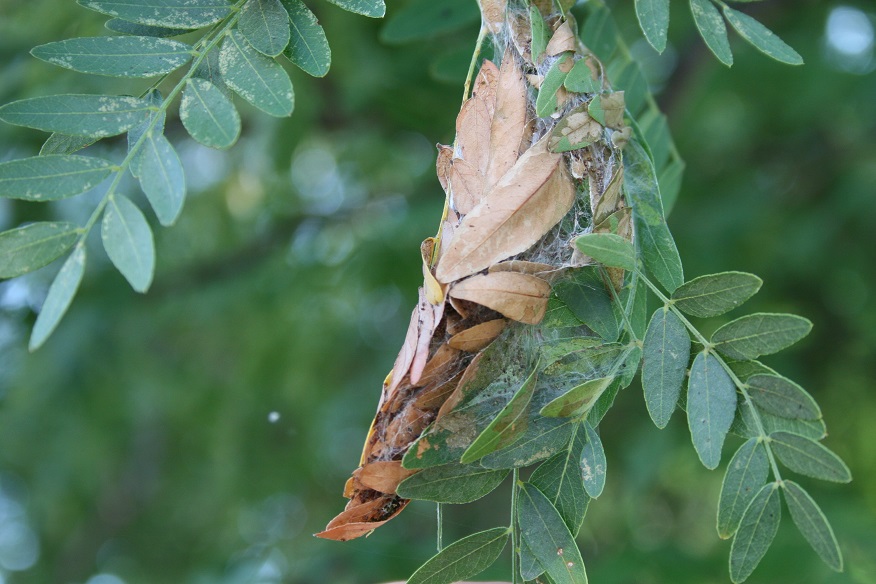You may have noticed a lot of trees and shrubs didn’t survive the dry winter last year (we especially lost a lot of pine trees and yews in Omaha). We call this Winter Disiccation Injury, which is a fancy way of saying the tree didn’t have enough water throughout the winter. Be proactive this winter and protect your beloved and valuable landscape!
If we’re experiencing a dry spell and the temperature rises above 40 degrees, have your hose at the ready: It’s time to provide water for your trees and shrubs.
If we’re experiencing a dry spell and the temperature rises above 40 degrees, have your hose at the ready: It’s time to provide water for your trees and shrubs.

Why should I water in the fall and winter?
- Root growth still occurs in the fall. Key ingredient: Water!
- Water in the soil acts as a heat sink that regulates soil temperature and keeps it from getting too cold in the winter.
- Water softens and lubricates the soil in the fall and spring when roots are growing the most.
- When it gets to be very cold, the water in the upper soil layer freezes and isolates the lower soil layers from the extreme temperature fluctuations we often see in Nebraska.
- When the soil freezes, the water expands, moving and loosening the soil when it melts so the soil is less compacted.
(from Preservation Tree Care)

What trees are most susceptible to drought?
Evergreens continue to use a fair amount of water in the winter, but all trees and shrubs would benefit from winter watering. Trees that are most susceptible to drought damage are:
- Evergreens: spruce, fir, arborvitae, yew, Oregon grape-holly, boxwood, and Manhattan euonymus
- Birches (European white and paper birches)
- Maples (Norway, silver, red, Rocky Mountain and hybrid maples)
- Lindens, alders, hornbeams, dogwoods, willows, and mountain ashes
- All young trees and shrubs
When do my trees & shrubs need water?
A good rule of thumb is to water every 20-30 days in the fall and winter when the temperature is above 40 degrees, and there has not been a recent rain or snowfall.
Before watering, check the moisture level of your soil using this simple test. Grab a screwdriver and insert it about two inches into the soil. The soil that you dig up should be damp or moist. If it’s soggy, you’ll want to let the soil dry out before watering. If it’s dry, someone is thirsty! Proceed…
Before watering, check the moisture level of your soil using this simple test. Grab a screwdriver and insert it about two inches into the soil. The soil that you dig up should be damp or moist. If it’s soggy, you’ll want to let the soil dry out before watering. If it’s dry, someone is thirsty! Proceed…
How should I provide water?
The easiest method of watering is to use a regular garden hose. You’ll first want to identify where the drip line of your tree is. The drip line is located under the outer edge of the branches (see illustration). The largest concentration of roots is usually halfway between the drip line and the trunk, but it can vary. Lay your garden hose down at this midway point and run the water for a minute or two until the water puddles, then move it to several other locations around the tree. For even more benefit, also water directly under the drip line and slightly beyond as the diagram shows.
It’s really that easy! (Just don’t forget to disconnect the hose when you’re done!)
As always, mulching around your trees will help the soil retain moisture and slow water run-off. Here is a helpful video about mulching.
It’s really that easy! (Just don’t forget to disconnect the hose when you’re done!)
As always, mulching around your trees will help the soil retain moisture and slow water run-off. Here is a helpful video about mulching.







